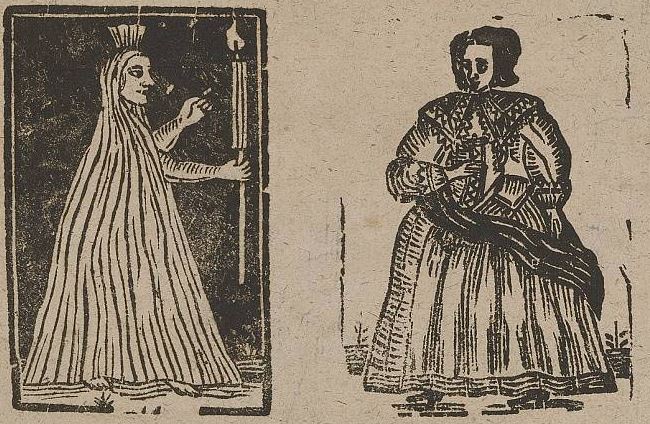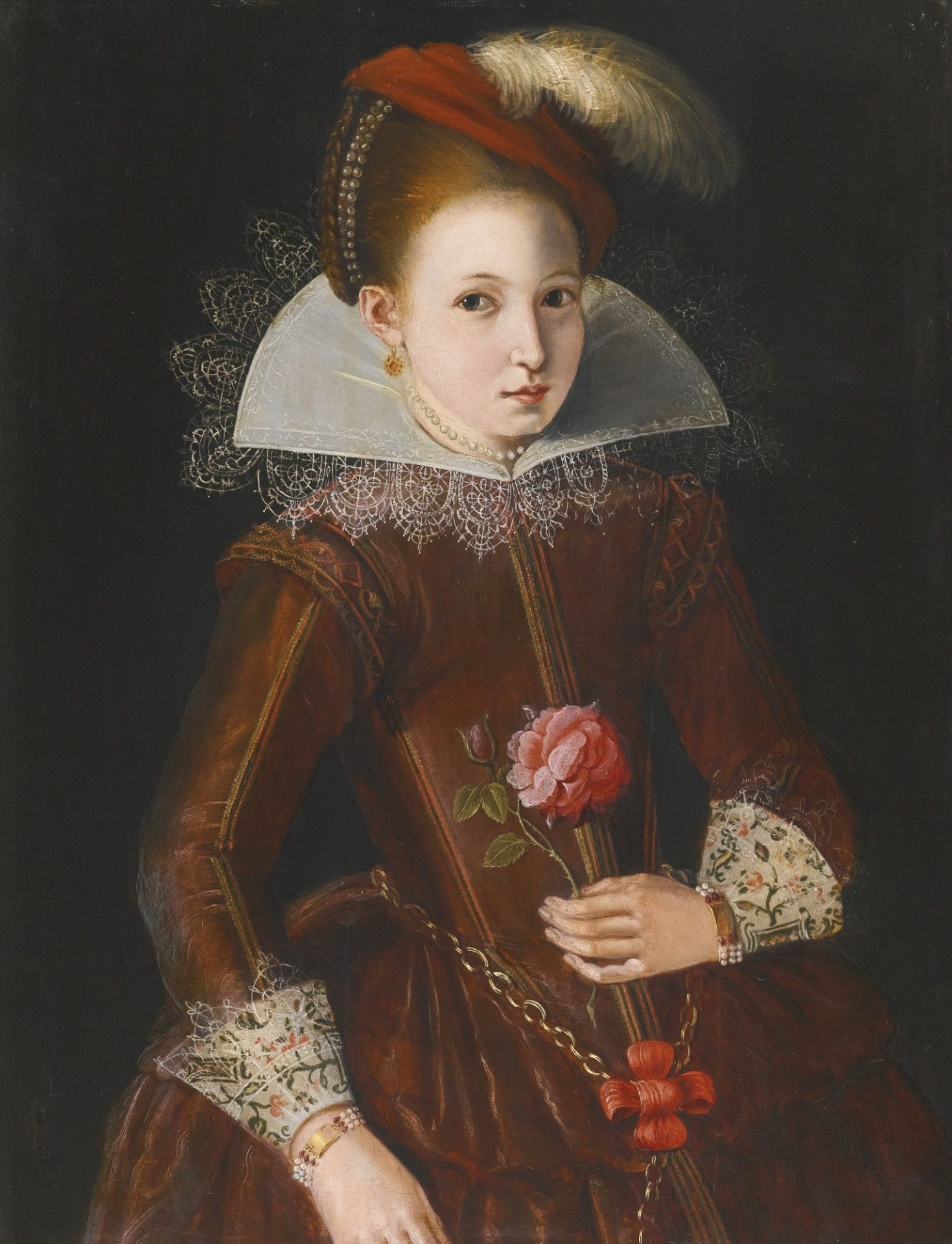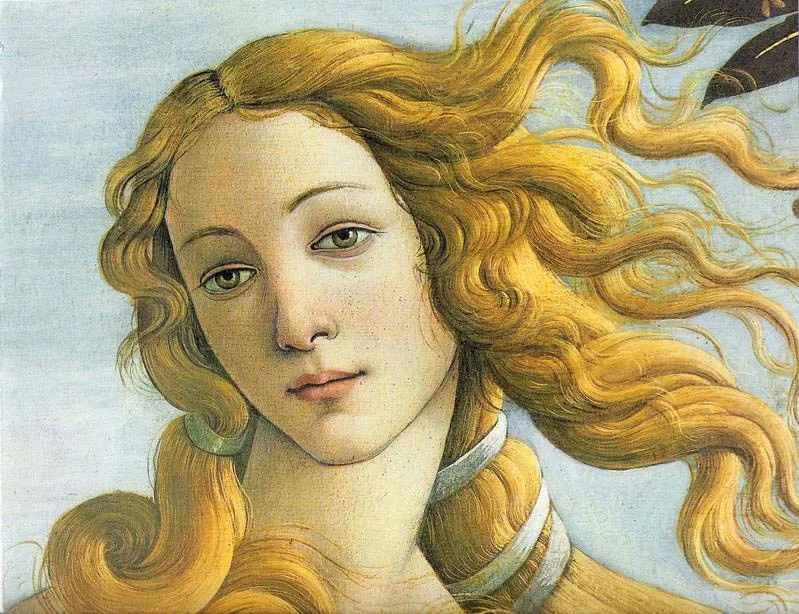Let me tell you a ghost story. I was reading the book “The Ghost: A Cultural History”, and I was reminded of one of my favourite early modern ballads featuring a ghost. For context, ballads would usually be about current events, and tended to be very sensationalised versions of the news set to familiar melodies. There were lots of ballads …
Before TikTok: History’s ORIGINAL Influencers
Scrolling through TikTok, Instagram, YouTube… it feels like influencers are everywhere, a thoroughly modern invention, right? But what if I told you the original influencers weren’t crafting viral videos, but commanding royal courts, dazzling high society, and shaping empires centuries ago? And the recent Met Gala? It gave us a perfect glimpse into one fascinating branch of this long history …
How Water Cures Revolutionised Medicine in the 16th Century
This was written by one of my favourite historical characters, the ever-charming surgeon often accused of being a charlatan, Leonardo Fioravanti. But hold on, because here’s another juicy 16th-century quote: Hmmm… Intriguing, right? This was actually a popular proverb that writer Michel de Montaigne heard from locals while travelling through Italy. So, what exactly was going on in these baths? …
17th Century “Intuitive Eating”: Paracelsus and Digestion
What should you eat to be healthy? Well, the answer varies according to time and place, as we know from social media influencers who seem to constantly change their minds about what we ‘should’ or shouldn’t eat’. But who should decide what is healthy in the first place? According to some, only you can know what works for you and …
What were the “Non-Naturals”?
When I was growing up, my grandmother told me to avoid cold showers if I was having my period. I was also not supposed to leave the house with my hair wet unless it was summer. When we travelled to the mountains, my other grandmother would ‘fill her lungs with forest air’. She claimed to feel instantly healthier. I’m sure …
Green Sickness: A Historical Look at the ‘Disease of Virgins’
Imagine that it’s 1554, and you’re the father of a young girl who is unwell. You write to a friend of yours, who is a physician, describing her symptoms, which include her being ‘pale, as if bloodless’. And this is the reply you get: The doctor continues, writing that the ancient Greek physician Hippocrates suggests that So… the solution for …
Golden Locks: Hair Care in the Renaissance Era
Imagine you’re living in Renaissance Florence and you notice you’re losing your hair; maybe you’re a man who’s growing bald, or maybe you’re a woman who’s just given birth. What could you do to treat hair loss? Well, you could use a recipe like this: Yes, people really did use animal excrements in cosmetic and medical recipes – much more …
Paracelsus: The Rebellious Doctor Who Defied Tradition
I recently found myself going down the rabbit hole of Japanese manga and anime fandom online. Now, this is something I know nothing about. I’ve never really been into anime or manga, but I was fascinated to learn about Van Hohenheim or ‘Hohenheim of Light’, a character who is a powerful alchemist in the anime series Fullmetal Alchemist, clearly inspired …
The Medicine behind food – from starters to desserts
Think of a traditional European meal. First, you’d have starters, maybe a soup, then your main dish, usually something with meat, then you might have dessert, or cheese – or even both! And, depending on what you’re eating, you might be advised to pair it with different wines, or ale. Of course, how people eat varies widely across time and …
What is the ‘Doctrine of Signatures’?
In the early modern period, an impotent man might be prescribed boiled orchid roots. But why? Well, they resembled testicles and were consequentially believed to be useful in improving male potency. If you think this sounds weird, stay with me. Efficacy aside, prescribing this remedy makes sense… if you accept the premise of the doctrine of signatures, one of the …
- Page 1 of 2
- 1
- 2











